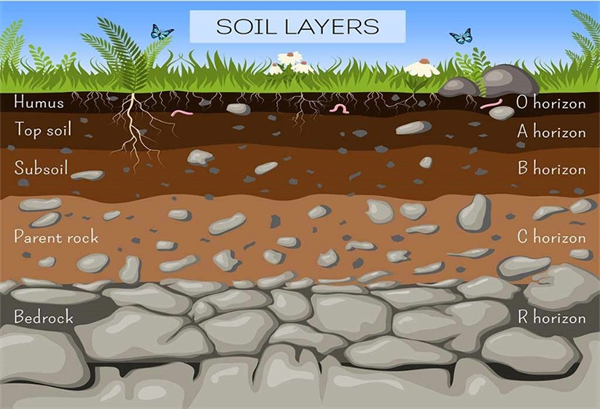-
Feb 23, 2022Current Pest Activity in Spring ProduceGreen Peach Aphids / Lettuce Aphids: Aphid populations remain relatively heavy so far this season. We are currently finding green peach aphid and lettuce aphid on lettuce/brassicas at YAC. Green peach aphid populations have remained steady on lettuce (10-15 /plant) and increasing rapidly on the brassica crops (>40/plant). This is above average for February, but I’ve seen heavier numbers in previous years. In contrast, this is the earliest, most abundant, and most widespread I’ve observed lettuce aphid in desert lettuce since they first appeared over 20 years ago. Reports of heavy lettuce aphid pressure continue throughout the area, particularly Yuma Valley and Dome. This season lettuce aphids have been colonizing plants since December and are currently exceeding 100 aphids/plant in some untreated plantings at YAC. Unfortunately, they are likely to increase more rapidly with warmer weather forecasted for next week. Trials at YAC show that common aphid products (Sequoia, Beleaf, Versys, PQZ, Movento) are providing ~10 to 14-day activity on Green peach aphid; Movento is providing ~21 d control on Lettuce aphid. For more information on control visit Lettuce aphids on Desert Lettuce and 2022 Aphid Control.
INSV: It was about this time last year that INSV was reported in the desert for the first time. Not surprisingly, INSV symptomatic plants have begun to show up again in desert lettuce following a similar pattern to what we observed last spring. Currently we have confirmed INSV infected plants in direct-seeded lettuce grown in Tacna, Roll, Wellton, Dome Valley, Gila Valley, Yuma Valley and Bard. However, the rate of INSV incidence in most fields is very light so far, averaging less < 0.5%. Our surveys show that lettuce fields currently infected with INSV are in proximity to ranches where transplanted lettuce was grown last fall. Reports of symptomatic plants in late planted lettuce are starting to trickle in from growers and PCAS as well. I encourage anyone spotting symptomatic plants in the next few weeks to let us know. The more we understand this problem, the better chance we can solve it.
Thrips: Western flower thrips abundance is beginning to build throughout the area and will likely increase rapidly on late lettuce where “bioconcentration" of thrips occurs each year as produce acreage declines near end of the season. This bottleneck effect concentrates high numbers of thrips adults on the remaining lettuce fields under production. This can often make chemical control of thrips difficult, particularly in March, as thrips adults may continually re-infest fields following spray applications. It can also increase this risk of primary INSV spread by adults dispersing from infected fields. Accordingly, PCAs should be vigilant in their thrips control to minimize larval development and the potential for secondary, within-field INSV infection. Efficacy trials at YAC currently show that Radiant and Lannate are providing a solid 10-day control of nymphs. For more information on thrips management and insecticide options in desert lettuce go to: Rethinking Thrips Management in Desert Lettuce.
Leps: Activity has been unusually low for the past several months and pheromone trap counts have been the lowest we’ve seen in several years for cabbage looper, beet armyworm and corn earworm. We’re picking up an occasional report of looper activity from PCAs. No reports of corn earworm to date. DBM moth trap counts are down compared to this time last season (see DBM Trap Network), and only a few reports of DBM in commercial fields. No issues in control have been reported. Nonetheless, keep a close eye out for all these Leps as they tend to build up rapidly with warmer weather late in the seasonTo contact John Palumbo go to: jpalumbo@ag.Arizona.edu





















